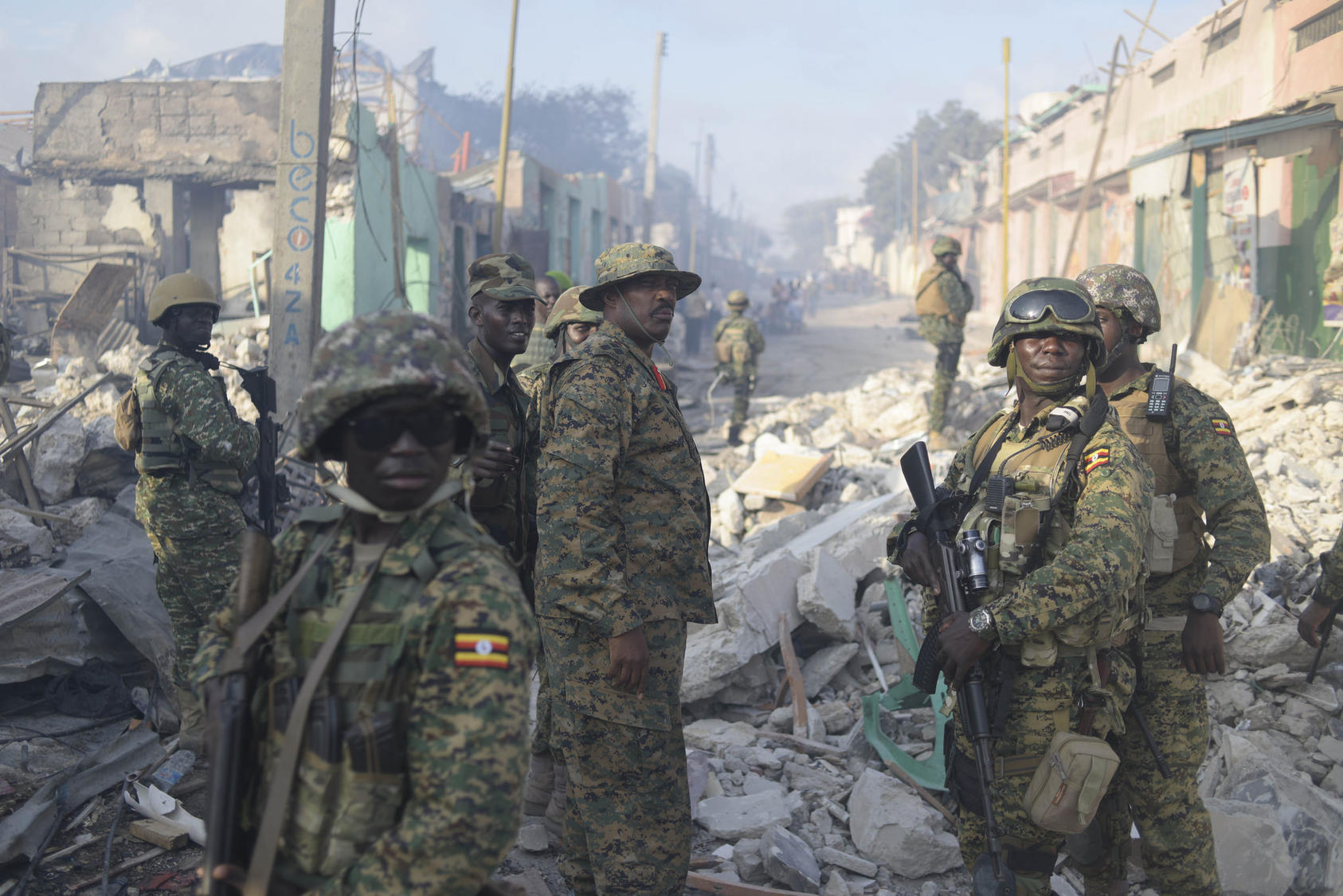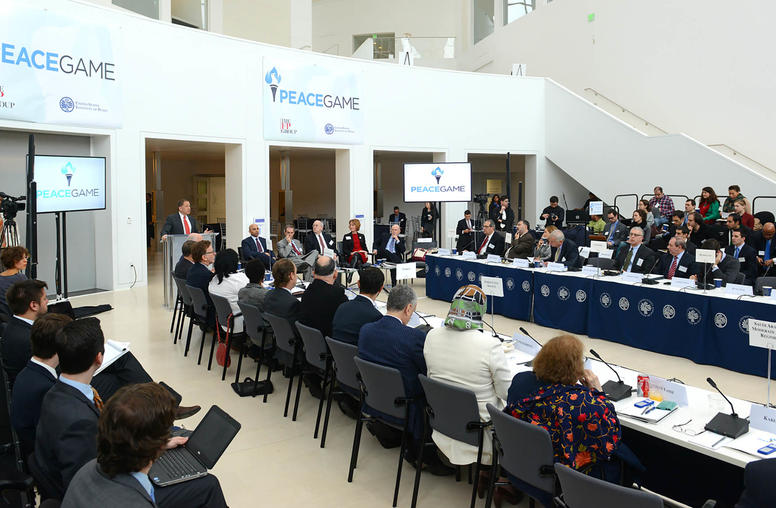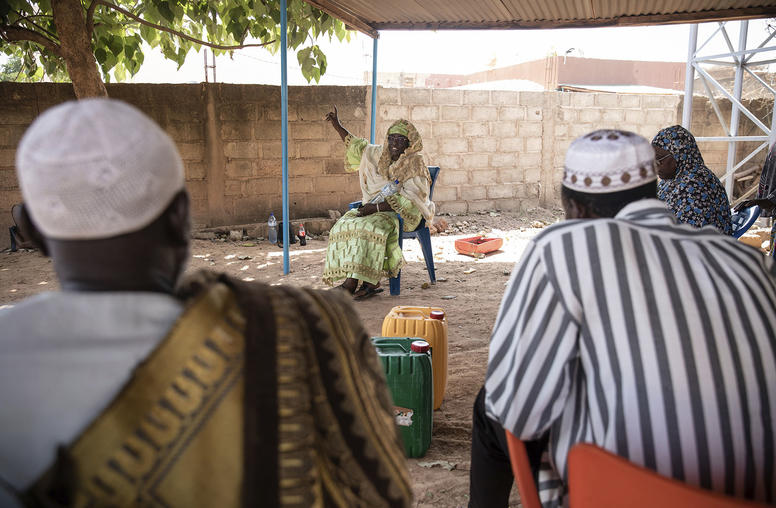Conflict Analysis
Insightful analysis is essential to any conflict management process, from prevention to mediation to reconciliation. This course will help you understand the potential trajectories of a conflict situation so you can develop effective peacebuilding strategies.

Course Overview
A nuanced understanding of the context and dynamics of a conflict can determine the effectiveness with which you intervene, help you untangle the often-unintended consequences of any actions or policies, prevent any harm from being done, and help determine future priorities for program development.
This course is a case-based introduction to the process of conflict analysis. Participants will be introduced to two analytical tools that will help them identify emerging threats of conflict and opportunities for managing or resolving a conflict, and they will be given the chance to apply these tools to historical cases and relevant problem-based scenarios and differentiate among the various stages of the Curve of Conflict and practice mapping the generation, escalation and resolution of intrastate and international conflict. Further topics in Chapter 3 include how and why peaceful conflicts escalate to violence and the necessary conditions for their de-escalation.
If you cannot view the video, click here to download it.
Chapter 1 - Conflict in the Contemporary World
In this chapter we explore the importance of conflict analysis in today’s world and how the nature of conflict and trends in deadly violence have changed since World War II.
Chapter 2 - Conflict Analysis as a Leadership Tool
Chapter 2 introduces some of the definitions and principles of conflict analysis. This chapter starts to delve into ideas such as the difference between a conflict assessment and conflict analysis, the importance of active listening, and the concept of “Do No Harm.” Additionally, you are introduced to several conflict analysis and assessment frameworks utilized by various organizations around the world. Lastly, we examine the concepts of adaptive leadership and community resilience and how conflict analysis helps to develop them.
Chapter 3 - Stages and Dimensions of Conflict
This chapter introduces two specific frameworks for conflict analysis: the “cycle of conflict” and the “curve of conflict.” Various components of these analytical frameworks are discussed in depth, such as: the difference between conflict prevention, management and transformation; the root causes and structural causes of conflict; and trigger events. We also explore some of the important nuances in conflict analysis such as: qualitative vs. quantitative measurements and data, the different levels at which a conflict may be analyzed, trigger events, and unintended consequences.
Chapter 4 - The USIP Conflict Assessment Framework
In this chapter, we explore the various stages and key components of the USIP Conflict Assessment Framework, compare it with others, and review key components of conflict analysis. Specifically, we also discuss conducting a self-assessment; developing an information-gathering strategy; identifying conflict dividers, connectors, and various actors; charting potential conflict risk and opportunity windows; and applying findings to your work.
Chapter 5 - The Art of Listening
In this chapter we explore an essential skill for a good conflict analysis, listening. Observation skills can combine with knowledge of parties’ “mythic histories” and “biased punctuation” to create successful narrative mediation efforts. We explore these concepts to incorporate into conflict analyses and, hopefully, into your work.
Course Instructors
- Dr. Jeffrey Helsing - Peacebuilding Consultant, former Associate Vice President of the Academy, U.S. Institute of Peace
- Matthew Levinger - Director, National Security Studies Program; Program Director, Master of International Policy and Practice; George Washington University



